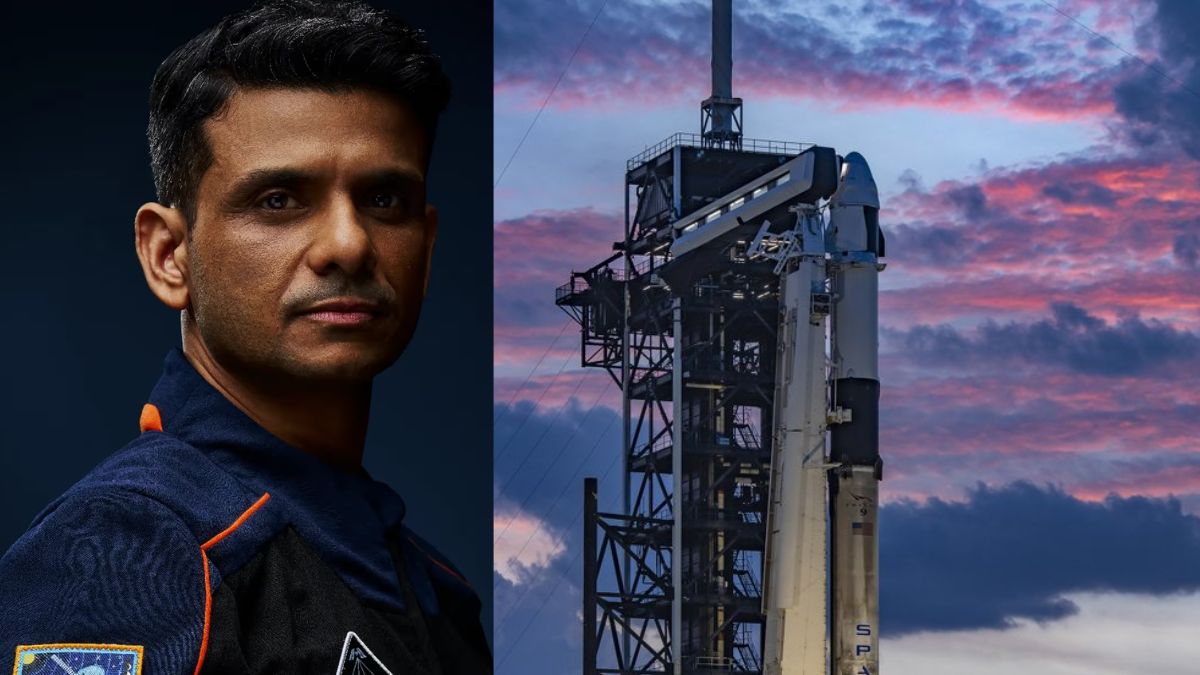Indian astronaut Shubhanshu Shukla is set to embark on the Axiom-4 mission, scheduled for launch on Wednesday, June 25, at…
Browsing: ISRO
The Department of Consumer Affairs held a Round Table Conference in New Delhi, centered around the ‘One Nation, One Time’…
The Axiom-4 mission, which includes Indian astronaut Shubhanshu Shukla, is now anticipated to launch on June 19, 2025. This revised…
Adverse weather has prompted the postponement of the Axiom-4 mission, according to ISRO. The launch, which was planned for June…
The Axiom Mission 4 (Ax-4), a joint endeavor by NASA, ISRO, Axiom Space, and SpaceX, will feature Shubhanshu Shukla as…
ISRO SPADEX Update: The PSLV-C60 / SPADEX mission has accomplished the second docking of satellites, Union Minister of Science Jitendra…
New Delhi: ISRO is all set to launch GSLV-F15 mission — the 100th from Satish Dhawan Space Centre in Sriharikota…



